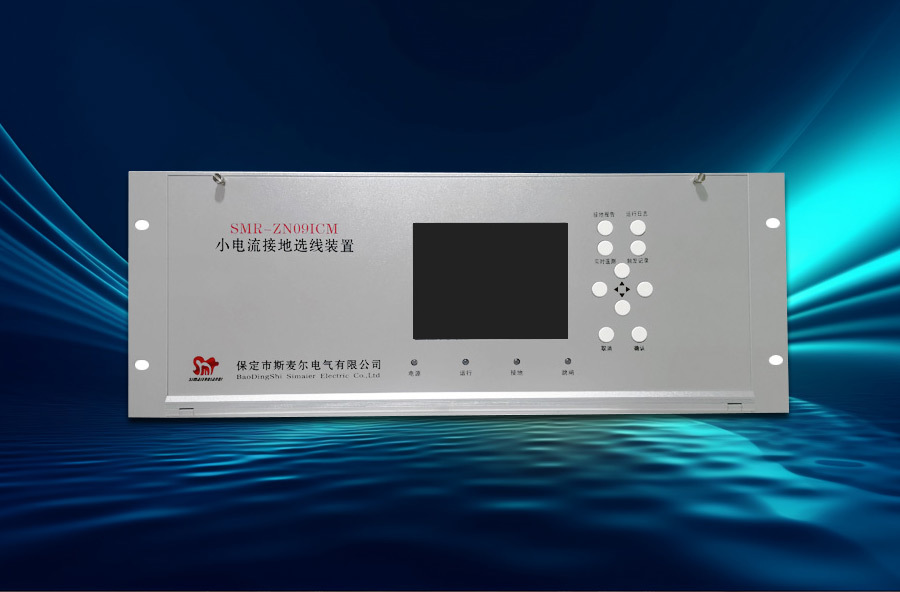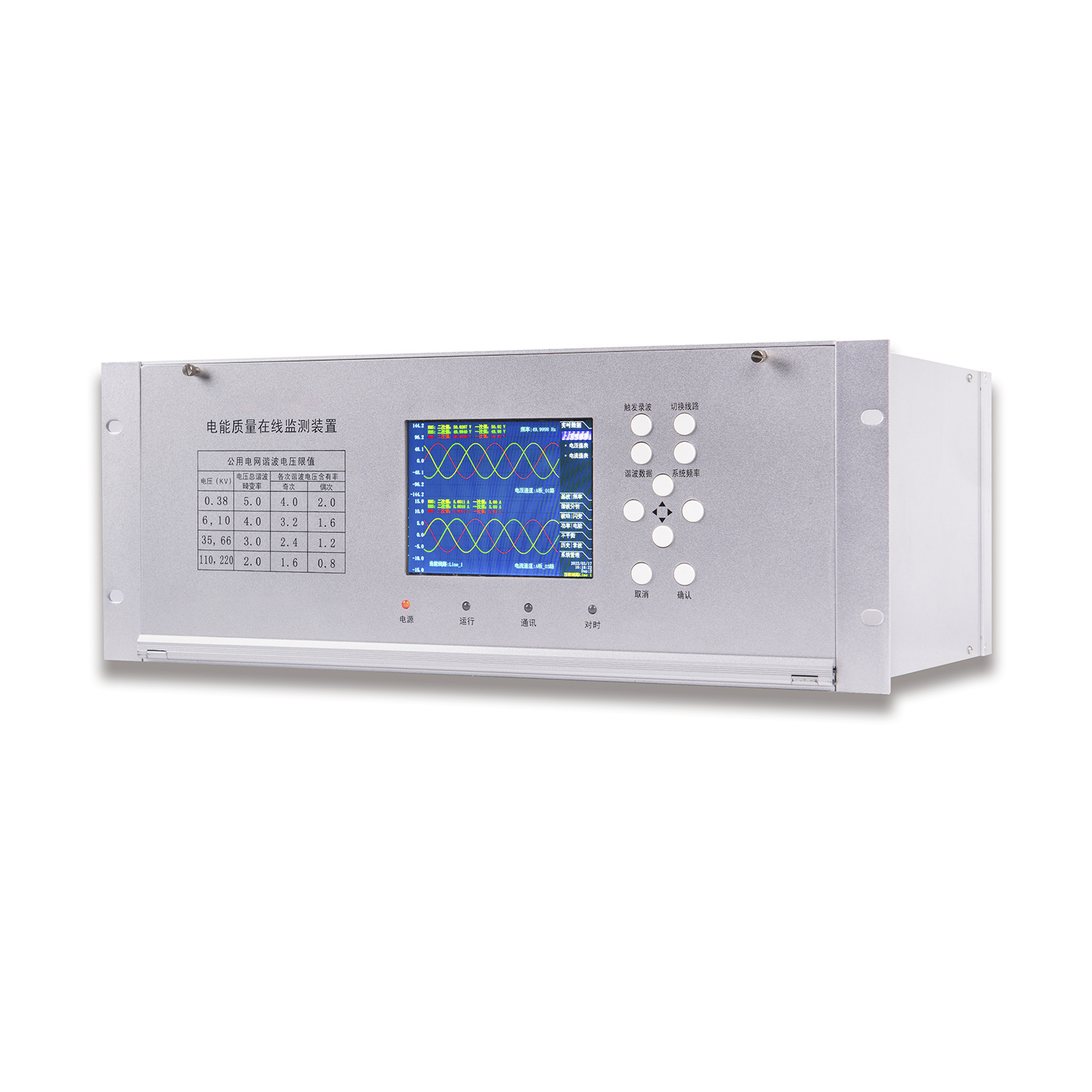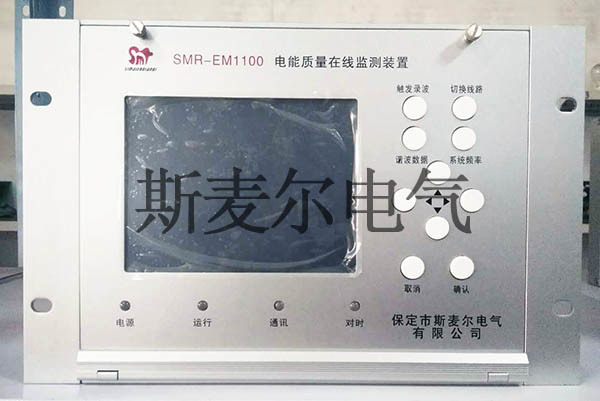Common Issues and Solutions for Small-Current Grounding Fault Line Selection Devices
Release time:
2025-10-09
Explore common questions about small-current ground fault detection devices and provide practical solutions to help you handle them with ease.
In electrical engineering, a small-current ground fault detection device is an indispensable piece of equipment. It not only ensures the safety of equipment but also effectively reduces the risk of electrical faults. Let’s discuss some common issues related to this device, along with their solutions.
The small-current ground fault locator, as its name suggests, is a device specifically designed for use in small-current grounding systems. Its core function is to monitor the ground current and promptly detect any grounding faults, enabling immediate action to be taken and ensuring the stable operation of the power system.
How do you determine if the device is functioning properly?
You might ask, why is it important for the device to function properly? Actually, determining whether the device is working correctly isn’t complicated—it’s as simple as regularly checking the indicator lights, display screen, and alarm system. If all these components are operating normally, congratulations! Your device is in great shape. But if you notice any abnormalities, be sure to promptly investigate the cause of the issue.
Key Maintenance Points for Small-Current Grounding Fault Line Selection Devices
Maintaining a small-current ground fault detection device is like caring for an old friend—attention to detail is key. Regularly clean the equipment casing, ensure proper ventilation, and keep internal components free from dust. Additionally, it’s recommended to conduct an annual inspection to verify that each part is functioning properly, helping to prevent potential issues before they arise.
How to handle ground faults?
When a ground fault occurs, don't panic—no matter what! First, check the alarm information from the small-current ground-fault selector device to identify the faulty area. Then, use the device's selective function to systematically troubleshoot and pinpoint the problem. Generally speaking, faults can be quickly located through equipment monitoring, significantly boosting repair efficiency.
Coordination of the selection device with other equipment
The small-current ground fault line selection device doesn’t operate in isolation—it relies on seamless collaboration with other electrical equipment to deliver optimal performance. For instance, when paired with a zero-sequence current transformer, it can significantly enhance the accuracy of fault detection. Moreover, during line selection, it’s essential to consider the overall layout of the power grid and the operational characteristics of the equipment involved, ensuring smooth and efficient operation.
In summary, the small-current ground fault detection device plays a crucial role in electrical systems. By understanding some common issues and their solutions, you can better manage and maintain this equipment. Remember, regular inspection and maintenance are the foundation for ensuring the device operates smoothly!
Keyword:
Recent information
The main factors of insufficient selection principle for small current grounding.











